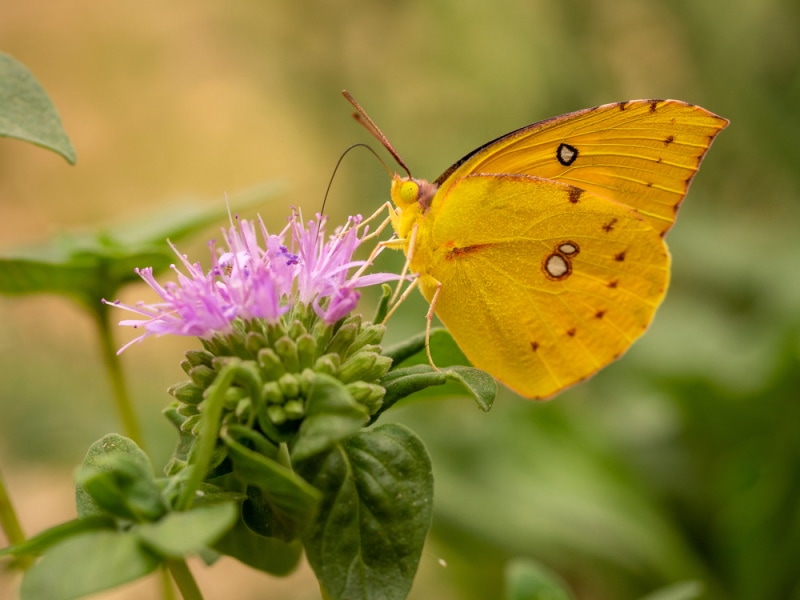What Is the State Insect of California? How Was It Decided?
-
Elizabeth Gray
- Last updated:

California may be known as the home of Hollywood and the Golden Gate Bridge, but those places aren’t state symbols, at least not officially. The official state symbols are proposed and voted on by members of the legislature and specifically chosen to represent California. One of these symbols is the state insect, the California dogface butterfly.
In this article, we’ll tell the story of how California decided on this butterfly as the state insect. You’ll also learn some facts about the California dogface butterfly and why this state symbol is so hard to spot in the wild.

How the California State Insect Was Decided
The California dogface butterfly was first suggested as the state insect in 1929. At that time, a group in Los Angeles surveyed bug experts in the state to find out which insect they thought best represented California. The California dogface butterfly, which is not active in other states, was the winner.
However, despite the California Department of Agriculture using its image on government documents, the California dogface butterfly didn’t become an official symbol until much later in the 20th century.
In the 1970s, a class of 4th-grade students in Fresno, California, decided to ask their local representative to push for official state symbol status for the California dogface butterfly. This representative introduced a bill naming the butterfly the official state insect in March 1972. After some delays and setbacks, the California dogface butterfly was officially adopted as the state insect on July 28, 1972.
All About the California Dogface Butterfly

As we mentioned, this species is found only in California, from the north-central part of the state down to Baja. California dogface butterfly caterpillars feed mainly on a plant called false indigo, and most of the population is centered near areas where this species is abundant. The butterfly has two annual breeding seasons: one from April-July and the other from August-October.
Male and female butterflies display different colors and patterns. Females are light yellow with a dark spot on the upper wing. Males have orange hind wings and dark upper wings. On the upper wing, they have an unusual yellow-orange marking in the shape of a dog’s head.
California dogface butterflies are essential pollinators for many native plants in the state. They are sometimes called the California doghead butterfly or the pansy butterfly.
Why California’s State Insect Is Rare and Hard to Find
The California dogface butterfly is hard to spot in the wild for several reasons. First, their population is relatively small, and they are considered a near-threatened species. The most common breeding ground of the California dogface butterfly is on a privately held land trust with no public access.
As we mentioned, these butterflies need a specific host plant for successful breeding, and this necessity further limits their range. Besides the low population numbers, this butterfly is hard to see because of its flight patterns.
They are speedy fliers that prefer to soar higher above the earth than most butterfly species, generally 10–20 feet. The only time they come lower is to feed; then, it’s right back into the air.

Conclusion
California is home to dozens of butterfly species, but only one earned the right to be named a state symbol. The California dogface butterfly is unique in appearance and a vital part of state ecosystems. California residents who want to help preserve this disappearing state symbol should consider growing native plants, specifically false indigo, to help provide food and habitats for the dogface butterflies.
Featured Image Credit: Danita Delimont, Shutterstock
Contents
